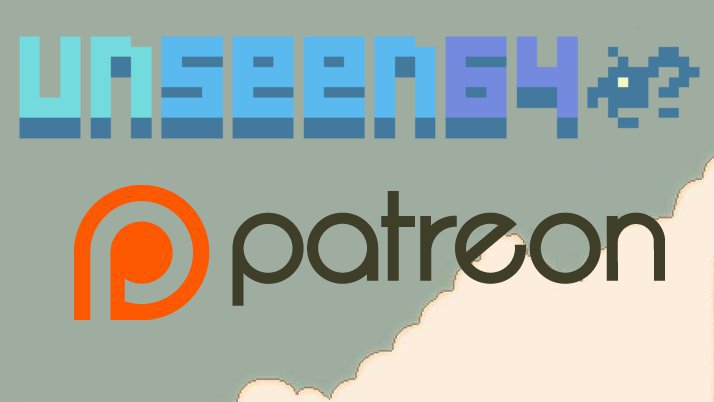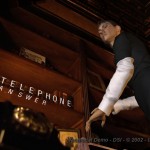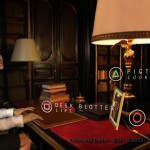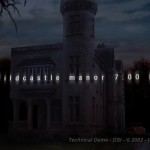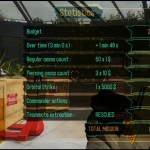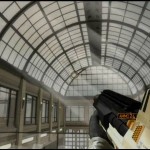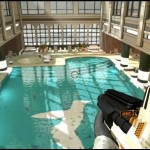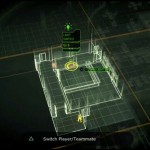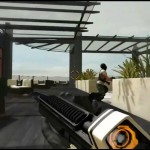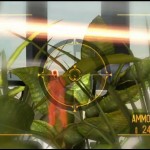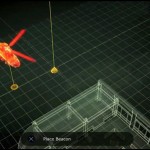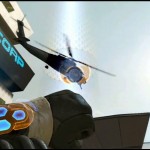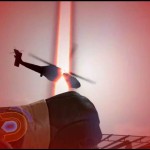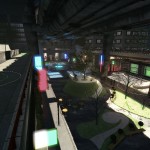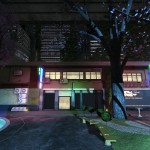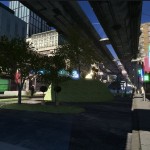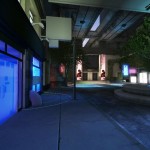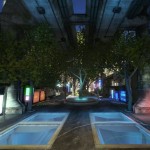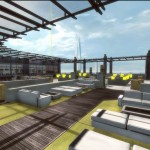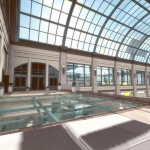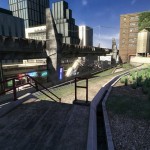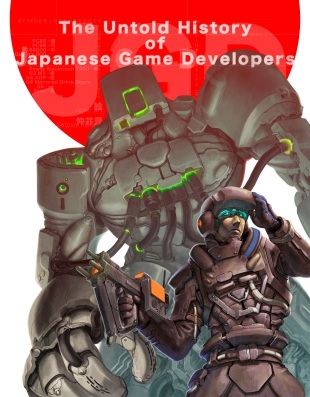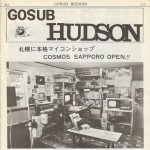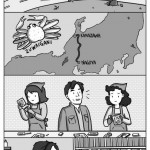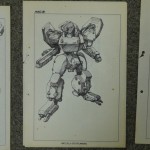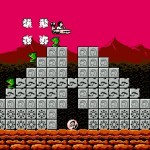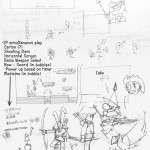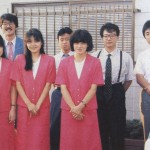While we keep working on the Unseen64 website as much as we can, plus taking extra time to write articles and organize interviews for the Unseen64 book (that we hope to be able to release in mid / late 2016), another year passed. 2015 was an important year for U64 as we were able to remain an independent website by getting enough support from Patreon to fully pay the server for a couple of years and also rise enough donations to create a Preservation Fund to be able to save enough money for future needs.
This means that we can work on the site without having to sell ads space to spammy or useless advertisers that want to buy links or banners from us, we can have resources to be sure that the Unseen64 book will be as good as we want it to be and if there could be some technical problems with the site in the future, we should have enough funds to fix everything! This is why we are really happy :)
As we wrote in the past big gaming networks such as IGN or Kotaku have the resources to own powerful servers and to pay a team to work full-time on their websites, keeping their sites online and publishing daily updates. We don’t have their resources, but we think we have something better: we have you, a community of gamers that know why it’s important to remember beta and cancelled games, even those little, unfinished and bad-looking lost games that no one else would ever care to commemorate. For us, every unseen game should have a chance to be archived.
In 2016 we will keep to add new games to the archive every week, while publishing daily updates in our Twitter account. There are many ways to help Unseen64 and thanks to all the other gamers, youtubers and websites that also work to preserve beta, unreleased and unused gaming documents, we can save as many unseen games as possible.
Unseen64 is still online thanks to all those awesome people that shared one-off donations and pledges on Patreon: together, we can do it!
We’d like to thank all of you (in random order) that are helping U64 with your donations and support:
Daan Koopman, joef0x, Louis Noguera, Mark J. Lang, Thomas Whitehead, allan paxton, David Galindo, Frans Aymes, robert Smith, Emiliano Rosales, alejandro muñoz, Kristian Binder, Paul Benson, Faisal AlKubaisi, Aarón Moleón Acosta, Quade Zaban, Julian Lord, Paul Cunningham, Rav, Justin Moor, Daniel Gulyas, Shane Gill, Ash the dragon, Ryan Jessee, Conrad A Fursa, Lukas Steinman, Christopher J Canberg, Chris Rosenthal, Edd Hannay, Reuben M, Shaun Moore, Anders Moberg, Will Richardson, HellaSkella-X, Corentin, Andrew Eleneski, KiddoCabbusses, Nick Greene, Alex MacIntyre, Thomas, Liam Robertson, Henry Branch, Matthew, Coldi, Otto Nordling, Pug Hoof Gaming, Joe Brookes, Austin Murphy, James Jackson, Andrew Crawford, Aaron Sharratt, James Champane, Dan Berends, Jonathan Pena, Eduardo Raposo, Tiago Pereira dos Santos, Jacob Walker, Jonathan Cooper, Paul Stedman, Viraj, Jrg McJrg, Noru-Da T, David Seijas, Toadsanime, Mhee123, Brice Onken, Aaron Morley, Dylan Durmeier, Alex Stutzman, Guilherme Killingsworth, Pablo Bueno Navarro, Paul Robinson, Levi Wyatt, Josh Mann, Brice Dirden, Rhys, Kerry-Lee Copsey, Dan Thomas, Daniel Hannen, Adrian, Ben Cowling, Alex Wawro, Niels Thomassen, netsabes, Lou, Matthew Gyure, PtoPOnline, Jesus Tovar, Jacob, Brandon, Lisa, Akspa, Martin, Elmo Bluegeek, Irvin, Raphael Pinheiro, James Steel, Tony, Alex Kupse, Anders Captain N Iversen, No Reward, Tommy Wimmer, Goffredo and everyone else! (did we forget someone?)
We <3 you


